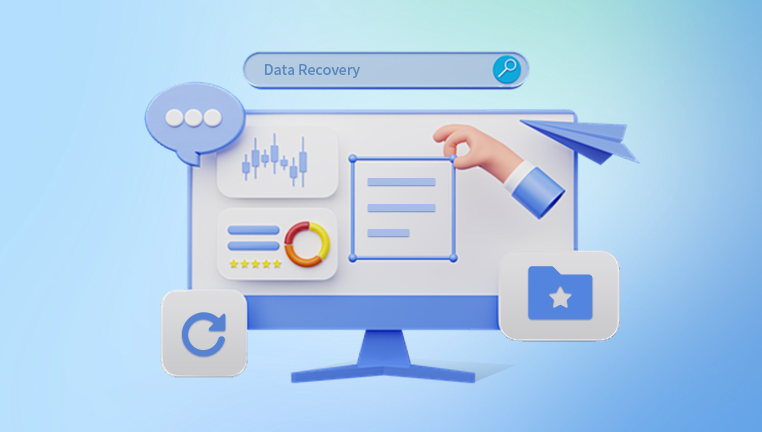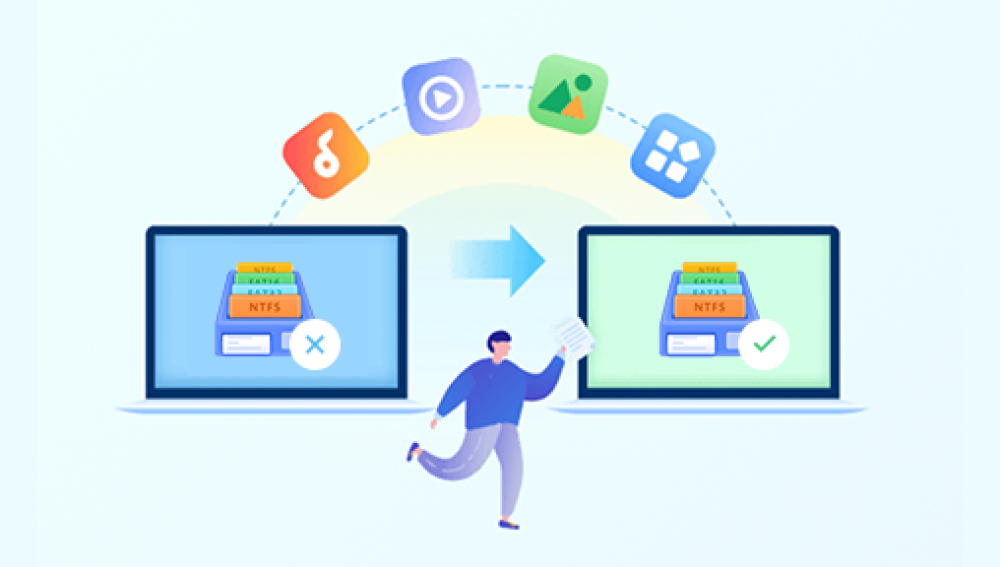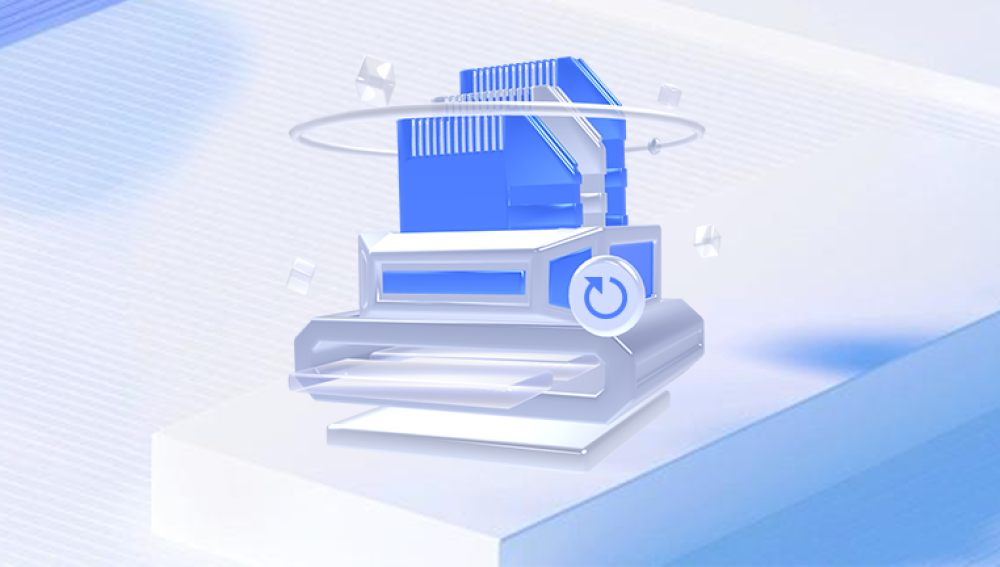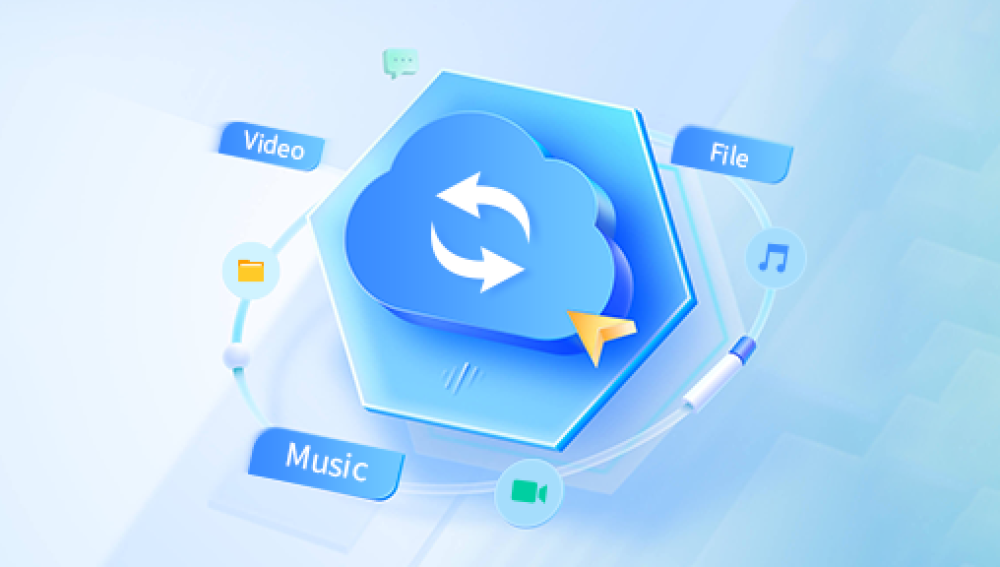Transferring data from an old laptop to a new one can seem like a daunting task, but with the right approach, it can be straightforward and efficient.
1. Preparation
Backup Your Data
Before starting the transfer, it’s crucial to back up your data. This can be done using an external hard drive, cloud storage, or both. Backing up ensures that you have a copy of your important files in case anything goes wrong during the transfer.
Check Compatibility
Ensure that your new laptop is compatible with the operating system and software you’re using. Verify that any software licenses or activation keys can be transferred or need to be reactivated.

Update Your Old Laptop
Make sure your old laptop’s operating system and software are up to date. This can help avoid compatibility issues and ensure that the transfer process goes smoothly.
2. Choosing a Transfer Method
There are several methods to transfer data from your old laptop to your new one:
A. Using an External Hard Drive or USB Drive
Connect the External Drive Plug your external hard drive or USB drive into your old laptop.
Copy Your Data Open File Explorer (Windows) or Finder (Mac) and copy the files and folders you want to transfer. Paste them onto the external drive.
Eject and Connect Safely eject the external drive from the old laptop and connect it to the new laptop.
Transfer the Data Open File Explorer or Finder on the new laptop and copy the files from the external drive to the appropriate locations on the new laptop.
B. Using a Network Transfer
Connect Both Laptops to the Same Network Ensure both your old and new laptops are connected to the same Wi-Fi network or Ethernet connection.
Enable File Sharing On your old laptop, enable file sharing:
Windows: Go to Settings > Network & Internet > Status > Network and Sharing Center. Click on “Change advanced sharing settings” and turn on network discovery and file sharing.
Mac: Go to System Preferences > Sharing, and check “File Sharing.”
Access Files on the New Laptop On your new laptop, open File Explorer or Finder and navigate to the network section. Locate your old laptop’s shared files and copy them to the new laptop.
C. Using a Direct Transfer Cable
Obtain a Transfer Cable Purchase a USB transfer cable designed for data migration.
Install the Software Follow the instructions provided with the cable to install any necessary software on both laptops.
Connect the Laptops Plug the transfer cable into both laptops.
Transfer the Data Launch the transfer software and follow the on-screen instructions to transfer your data from the old laptop to the new one.
D. Using Cloud Storage
Upload Your Data On your old laptop, upload your files to a cloud storage service (e.g., Google Drive, Dropbox, OneDrive).
Download on New Laptop On your new laptop, log in to the same cloud storage account and download your files.
3. Migrating Applications and Settings
Transferring files is just one part of the process. You may also need to migrate applications and settings:
A. Application Migration
Reinstall Applications Many applications will need to be reinstalled on the new laptop. Check your old laptop for any licenses or activation keys you may need.
Transfer Application Data Some applications allow you to export and import settings or data. Check the application’s documentation for instructions.
B. Transfer Settings
Windows User Profile If you’re using Windows, you can use the Windows Easy Transfer tool (for older versions) or the Windows Migration Assistant (for newer versions) to transfer user settings.
Mac Migration Assistant On a Mac, you can use the Migration Assistant tool to transfer user accounts, settings, and files from your old Mac to your new one.
4. Post-Transfer Steps
A. Verify Data Integrity
After the transfer, check that all your files and applications are working correctly. Ensure no files are missing or corrupted.
B. Install Updates
Check for any operating system or software updates on your new laptop to ensure it’s fully up-to-date.
C. Set Up Security
Install and configure any security software, such as antivirus programs, on your new laptop. Make sure it’s fully operational.
D. Configure Backups
Set up a backup solution on your new laptop to ensure your data is regularly backed up. This could be an external drive, cloud storage, or a combination of both.
Transferring data from an old laptop to a new one involves a few key steps: preparation, choosing the right transfer method, migrating applications and settings, and verifying the transfer. By following these steps, you can ensure a smooth transition and get your new laptop up and running with all your important data in place.




